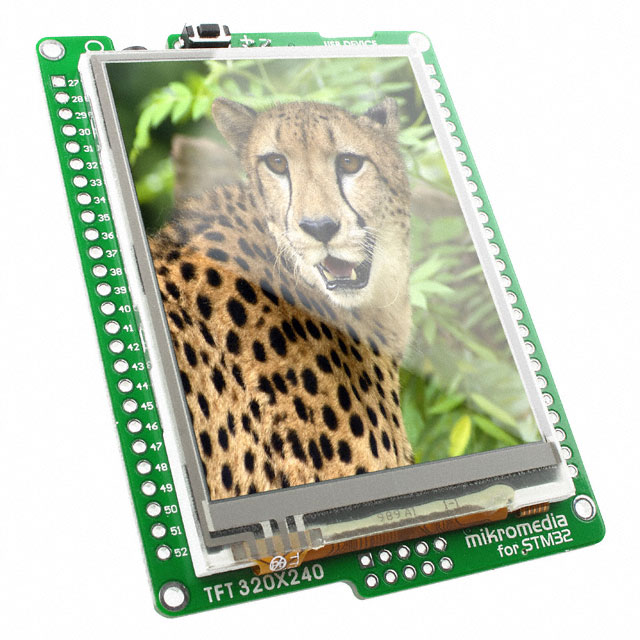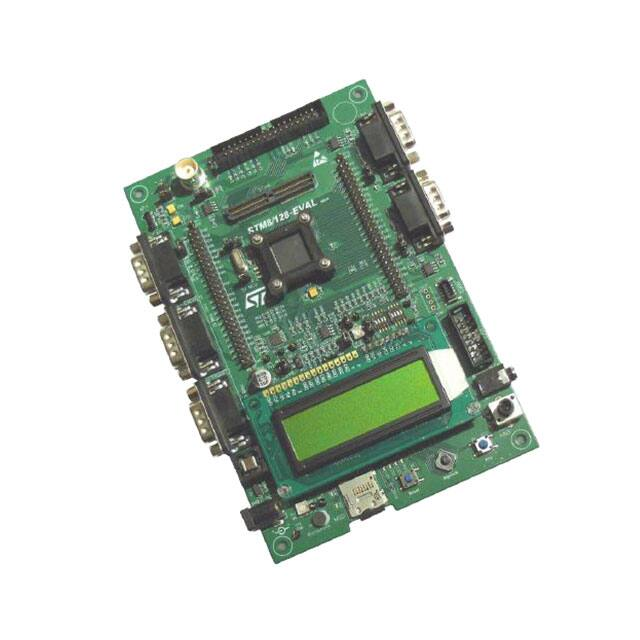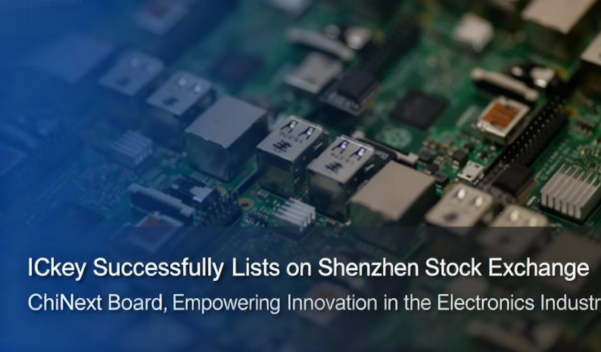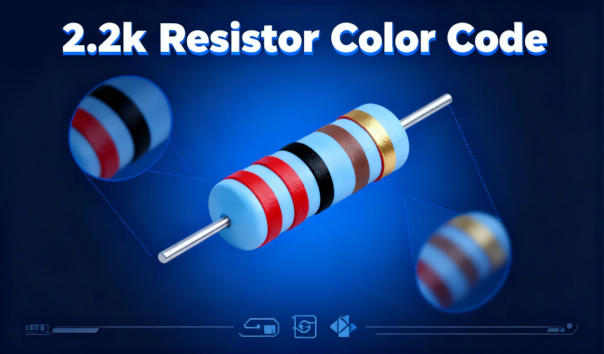The Heart of Smart Devices: Exploring the Role of Application Processors and SOC
In today’s rapidly evolving technological landscape, application processors and system-on-chips (SOC) have emerged as the fundamental components powering a wide range of smart devices. These sophisticated chips enable the seamless operation of modern electronics, offering enhanced performance, power efficiency, and integration. This article explores the roles, features, types, and future directions of application processors and soc.
1. Introduction to Application Processors and SOC
Definition and Purpose:
Application processors and SOC are integrated circuits designed to handle the computational tasks of electronic devices. While application processors focus on providing the necessary computing power for applications, SOC integrate all essential components of a computer or other electronic system into a single chip. These include the central processing unit (CPU), graphics processing unit (GPU), memory, input/output ports, and power management circuits. This integration allows for compact, efficient, and powerful devices that can perform complex tasks efficiently.
2. Key Features of Application Processors and SOC
Integration of Components:SOC are renowned for their ability to integrate a wide array of components, such as CPUs, GPUs, memory controllers, connectivity modules, and more, into a single chip. This integration reduces the need for separate chips and components, minimizing space and simplifying the design of electronic devices.
Power Efficiency:Power management is a crucial aspect of SOC design. By integrating power-efficient components and employing advanced power management techniques, SOC ensure optimal performance while minimizing power consumption. This is especially critical in battery-powered devices like smartphones and wearables, where battery life is a key consideration.
Performance Capabilities:
Modern SOC offer exceptional performance capabilities, supporting high-speed processing, advanced graphics rendering, and seamless connectivity. They enable devices to handle demanding applications, such as gaming, video streaming, and AI-driven tasks, while maintaining responsiveness and efficiency.
3. Types of Application Processors and SOC
Mobile SOC:Mobile SOC are specifically designed for smartphones and tablets, offering a balance between performance, power efficiency, and compact size. These SOC support features like high-resolution displays, advanced cameras, and 5G connectivity, enhancing the user experience.
Embedded SOC:Embedded SOC are used in IoT devices and embedded systems, providing essential computing power and connectivity for applications like smart home devices, industrial automation, and environmental monitoring.
Automotive SOC:Automotive SOC are designed for in-vehicle applications, supporting infotainment systems, navigation, and autonomous driving features. These SOC offer robust performance and reliability to meet the demands of modern automotive technology.
Wearable SOC:
Wearable SOC are tailored for devices like smartwatches and fitness trackers, prioritizing low power consumption and compact size. They enable features such as heart rate monitoring, GPS tracking, and Bluetooth connectivity.
4. Applications of Application Processors and SOC
Consumer Electronics:SOC power a wide range of consumer electronics, including smartphones, tablets, laptops, and smart TVs, delivering high performance and efficient operation for everyday tasks.
Industrial Automation:In industrial settings, SOC are used in control systems and automation equipment, providing reliable performance for complex processes and data analysis.
Automotive Industry:SOC are integral to modern vehicles, supporting features like advanced driver-assistance systems (ADAS), navigation, and entertainment, while enhancing safety and connectivity.
Healthcare Devices:
SOC are used in medical devices for monitoring, diagnostics, and data analysis, enabling real-time health monitoring and improved patient care.
5. Design Considerations for Application Processors and SOC
Thermal Management:Managing heat in high-performance SOC is crucial to prevent overheating and ensure reliable operation. Effective thermal management techniques, such as heat sinks and cooling solutions, are employed to maintain optimal temperatures.
Security Features:SOC incorporate security measures, such as hardware encryption and secure boot, to protect data and devices from unauthorized access and cyber threats.
Customization and Scalability:
SOC offer flexibility in design customization and scalability, allowing manufacturers to tailor chips to specific applications and market needs, from consumer electronics to industrial systems.
6. Trends and Innovations in Application Processors and SOC
5G and Connectivity:SOC are being optimized for faster connectivity, with integrated support for 5G networks, enhancing data transfer speeds and reducing latency for applications like video streaming and remote work.
Miniaturization and Advanced Manufacturing:
Advances in manufacturing techniques, such as smaller process nodes and 3D packaging, are enabling the production of smaller, more efficient SOC, expanding their applications in compact devices.
7. Challenges in Designing Application Processors and SOC
Complexity of Design:Designing highly integrated SOC presents challenges in terms of complexity, requiring careful coordination of multiple components and functions to ensure compatibility and performance.
Balancing Performance and Power:Striking a balance between high performance and low power consumption is a critical challenge in SOC design, particularly for mobile and wearable devices.
Supply Chain and Manufacturing:
Supply chain issues and manufacturing complexities can impact the availability and cost of SOC, requiring careful planning and management.
8. Future Directions in Application Processors and SOC
Emerging Applications:SOC are finding new applications in areas like virtual reality (VR), augmented reality (AR), and quantum computing, expanding their role in next-generation technologies.
Sustainability and Eco-friendly Designs:There is a growing emphasis on sustainable and environmentally friendly SOC designs, with a focus on reducing energy consumption and minimizing electronic waste.
Evolution of Architectures:
Future SOC are likely to feature innovative architectures and technologies, such as neuromorphic computing and advanced AI integration, driving new possibilities in computing and communication.
9. Practical Tips for Engineers and Designers
Choosing the Right SOC:When selecting an SOC, engineers should consider factors such as processing power, connectivity options, power efficiency, and compatibility with the intended application.
Development Tools and Ecosystem:A wide range of development tools and ecosystems are available for SOC development, providing support for software development, debugging, and optimization.
Testing and Validation:
Thorough testing and validation are essential to ensure the reliability and performance of SOC designs, including stress testing and simulation of real-world scenarios.
10. Recommended Brands and Suppliers
Top Brands:MikroElektronika: Known for its innovative SOC solutions and development tools. ITT: Offers a wide range of high-performance SOC for various applications.STMicroelectronics: Provides reliable and efficient SOC with a focus on advanced features and connectivity.
ITT: Offers a wide range of high-performance SOC for various applications.STMicroelectronics: Provides reliable and efficient SOC with a focus on advanced features and connectivity.
Suppliers:
unikeyic Electronics: A trusted supplier and distributor of high-quality SOC, offering a comprehensive range of products for diverse applications.In conclusion, application processors and SOC are at the heart of smart devices, enabling the seamless operation of modern electronics. With ongoing advancements in technology, these components continue to play a pivotal role in shaping the future of computing and communication. By understanding their features, applications, and design considerations, engineers and designers can harness the full potential of SOC to create innovative and efficient solutions for a wide range of applications.




















